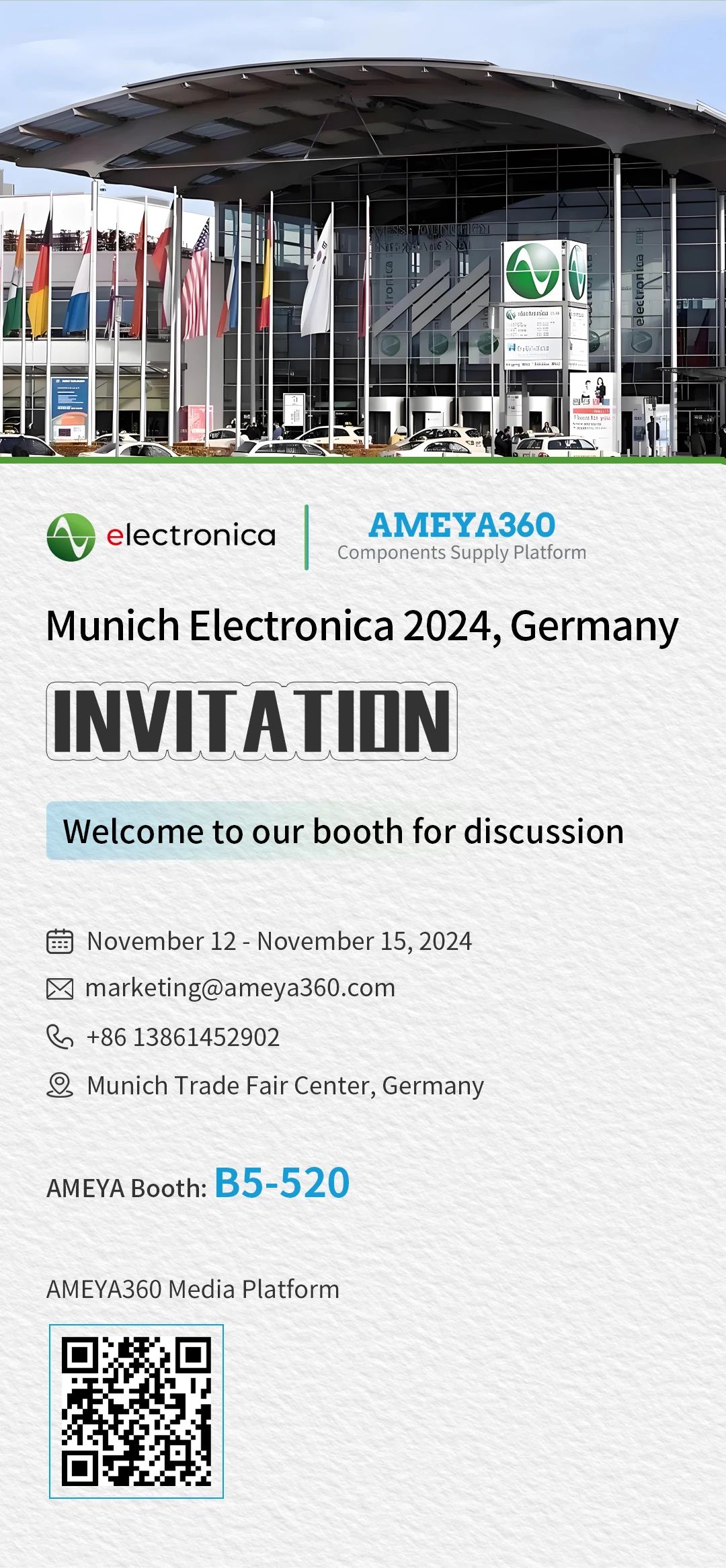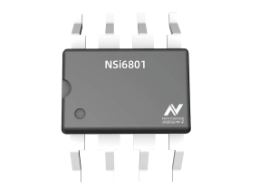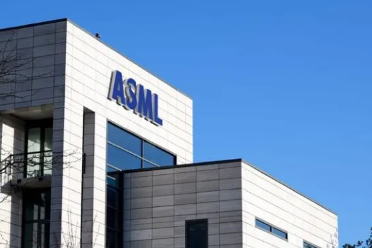AMEYA360:AVs See the Future with Perception Sensors
Autonomous driving has moved from hype to reality, and it might be some time before autonomous vehicles (AVs) allow their passengers to watch a movie or admire the scenery while driving them safely to their destination. In this blurry picture, camera, radar and LiDAR units are the “eyes” of the vehicles, mapping the road to full autonomy.

To gain an objective view of the present situation and prospects, EE Times consulted Pierrick Boulay, senior technology and market analyst in the Photonics and Sensing Division at Yole Intelligence, part of Yole Group. Pierre Cambou, principal analyst in the Photonics and Sensing Division at Yole Intelligence, also contributed to the analysis.
“It is clear that the automotive industry has underestimated how difficult it would be to develop autonomous driving features,” Boulay said. “Ten years ago, the industry expected that autonomous driving would be more common. It was one of Tesla’s promises, and if we look at where we are today, Tesla has still not achieved full autonomous driving features.”
The only automated features have been implemented by European and Japanese OEMs, and these features are still limited to highways, with driving speeds up to 60 km/h, Boulay said. “It is almost a useless feature and quite far from what people expected 10 years ago.”
During Tesla’s Autonomy Day in April 2019, CEO Elon Musk made a bold prediction: “By the middle of next year, we’ll have over a million Tesla cars on the road with full self-driving hardware, feature complete, at a reliability level that we would consider that no one needs to pay attention [to the road].”
A wave of euphoria swept through the automotive industry. Tesla’s stock price rocketed, and investors poured jaw-dropping amounts of money into startups as optimists claimed AVs were just around the corner.
A sense of disillusionment came when the National Highway Traffic Safety Administration announced it had received incident reports for 392 crashes related to partial self-driving and driver-assistance systems in the 10 months between July 1, 2021, and May 15, 2022. Almost 70% of them, or 273, were Tesla vehicles using Autopilot or the Full Self-Driving beta, while Honda cars were involved in 90 crashes and Subaru models in 10.
The AV era is forging ahead and continues to pledge enhanced driving safety. As of March 20, 2023, 42 companies have received test permits with safety drivers, and seven companies have driverless test permits in specific areas in California. Three companies—Cruise, Nuro and Waymo—have deployment permits.
Yet full autonomy is taking longer to deliver than promised, and the need for capital expenditure is exploding. From the perspective of perception sensors, why is autonomous driving still a distant dream?
在线留言询价
- 一周热料
- 紧缺物料秒杀
| 型号 | 品牌 | 询价 |
|---|---|---|
| MC33074DR2G | onsemi | |
| TL431ACLPR | Texas Instruments | |
| BD71847AMWV-E2 | ROHM Semiconductor | |
| CDZVT2R20B | ROHM Semiconductor | |
| RB751G-40T2R | ROHM Semiconductor |
| 型号 | 品牌 | 抢购 |
|---|---|---|
| BU33JA2MNVX-CTL | ROHM Semiconductor | |
| BP3621 | ROHM Semiconductor | |
| ESR03EZPJ151 | ROHM Semiconductor | |
| TPS63050YFFR | Texas Instruments | |
| IPZ40N04S5L4R8ATMA1 | Infineon Technologies | |
| STM32F429IGT6 | STMicroelectronics |
- 周排行榜
- 月排行榜
AMEYA360公众号二维码
识别二维码,即可关注


请输入下方图片中的验证码:


























